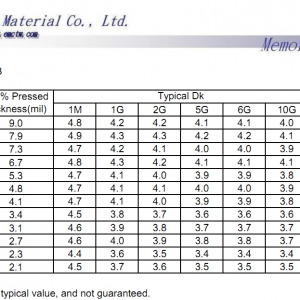SMT stencil preparation: tips & tricks, and design software
Why do we talk about printing the solder paste and the importance of SMT (surface mount technology) stencil design? Once the PCB layout is finished, the stencil may be the last way we can enhance PCB assembly quality. But currently, stencil design work is typically knowledge-driven, relying on human processes, and can easily cause issues if not done carefully. Mistakes in the stencil can result in terrible outcomes for PCB assembly.

PCBA (assembly) factories do not produce the chips, connectors, or bare PCBs; they only place the components on the board and then solder them. Therefore, solder paste printing is a core step in the PCB assembly business. Many modern machines are involved in the assembly process, but if there is a single key factor that will mostly influence solder joint quality, it will be the apertures on the SMT stencil. There are certainly parameters regarding soldering thermal profile, but each aperture presents an opportunity to enhance quality or increase the risk of defects. And it’s easy to miss stencil mistakes…
When designing the stencil, you likely take component pad shapes and sizes, PCB surface finish, and solder mask openings as the source information. These parameters are typically set by the PCB layout engineer, who is often not aware of SMT printing nuances. Your task is to choose the proper aperture shape and size, as well as the stencil material, thickness, and coating.
The printing gap is also an important parameter to predict and consider (the printing gap is the distance between the copper pad and the bottom surface of the stencil). Many factors could unpredictably influence the printing gap, such as excessive silkscreen and solder mask, routing between fine-pitch components, and solder mask-defined pads.

There are also technology-related factors to consider when developing SMT stencils: aperture-to-aperture distance, rules for keeping away from certain PCB features, the possibility of creating shorts between closely positioned pads, and aperture area ratios. Maintaining correct aperture ratios helps solder paste stay on the pad surface and not get stuck in the stencil hole. This depends on aperture size, minimal width, as well as stencil thickness and coating.
When mentioning stencil thickness, we should also consider possible step-up and step-down zones on the stencil (see fig.1: local zones with increased or reduced metal thickness, which help maintain aperture ratios and provide the proper amount of solder paste to be applied to some pads or even inside the thru-holes of the PCB, if using the paste-in-pin soldering process).
How do you design your stencils? How do you validate stencil designs provided by your subcontractors? And, most importantly, how do you exchange technology knowledge among your subcontractors, your own engineers, and your customers? Would you like to maintain a library of “good solutions” and “proven apertures,” to store your own “know-how” of stencil design and share it among your colleagues?

Would you like to have Stencil Design software that allows you to:
1. Create stencil designs semi-automatically based on a library of proven apertures?
2. Maintain several independent libraries of stencil patterns, depending on the customer, soldering technology, PCB surface finish, etc.?
3. Store and share the knowledge of the most experienced engineers within your company, so that even junior engineers could create high-quality stencils?
4. Verify outsourced stencil designs against your own rules?
It’s all about VAYO Stencil Design software, which were showcased during the webinar provided by Averture company from the Czech Republic, together with VAYO, on May 27th 2024.

